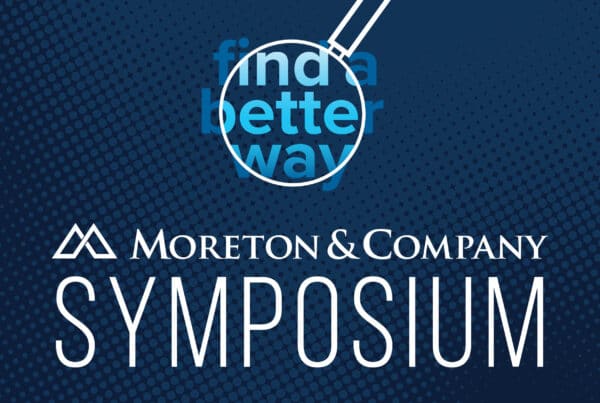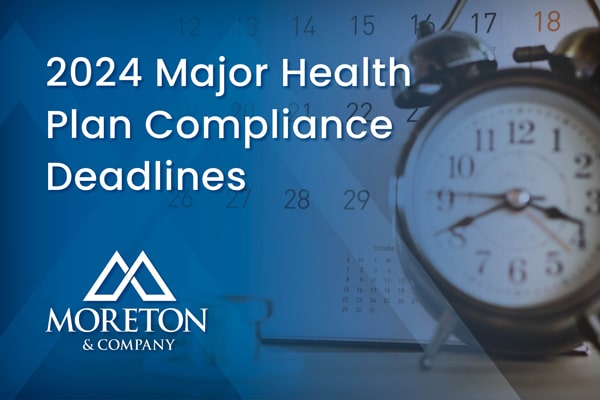
Legal Update: Workplace Harassment
EEOC Proposes New Enforcement Guidance on Workplace Harassment
On Sept. 29, 2023, the U.S. Equal Employment Opportunity Commission (EEOC) issued proposed new guidance1 for determining whether workplace harassment violates Title VII of the Civil Rights Act (Title VII) or other equal employment opportunity (EEO) laws enforced by the agency. For employers subject to these laws, the new proposed guidance provides insight into how the EEOC will enforce compliance with anti-harassment provisions.
Background
Title VII is a federal law that prohibits employers with 15 or more employees from discriminating against or harassing individuals based on certain characteristics. These characteristics, also known as protected traits, include race, color, religion, national origin and sex (including sexual orientation, transgender status and pregnancy). Other EEO laws protect individuals from discrimination or harassment based on disability, age (40 and older) and genetic information.
Between 1986 and 1999, the EEOC issued several documents designed to guide agency staff members who investigate claims of harassment under EEO laws. The agency also issued proposed enforcement guidance on these topics in 2017. If finalized following a 30-day comment period, the agency’s newly issued proposal would consolidate and replace those earlier documents.
Proposed Updates
In the newly proposed guidance, the EEOC provides several updated examples to reflect a wide range of modern scenarios and address emerging issues, such as how social media postings and other online content may contribute to a hostile work environment. It also incorporates current case law, including the U.S. Supreme Court’s 2020 decision on sexual orientation and gender identity in Bostock v. Clayton County, into the new proposed guidance.
Overview of New Guidance
The new proposed guidance focuses on the three main questions that must be answered in any workplace harassment claim, which are:
- Whether the conduct is based on the individual’s legally protected trait;
- Whether the conduct resulted in a hostile work environment or explicit change to the terms or conditions of employment; and
- Whether there is any legal basis for holding the employer liable.
As further explained in the document, an employer may be liable for workplace harassment under several legal standards that often depend on the harasser’s relationship with the employer. The document also describes preventive and corrective actions an employer may take to help establish defenses against liability for workplace harassment.
Important Information
- Whether the EEOC has issued a new resource outlining how employers may expect the agency’s investigators to evaluate claims of workplace harassment.
- The new guidance does not impose any new obligations on employers but instead aims to clarify certain legal principles under existing federal fair employment laws.
- Employers may face various levels of liability for workplace harassment.
1 https://www.eeoc.gov/proposed-enforcement-guidance-harassment-workplace
For more risk management guidance, contact a member of Moreton & Company’s Public Entity Team.


